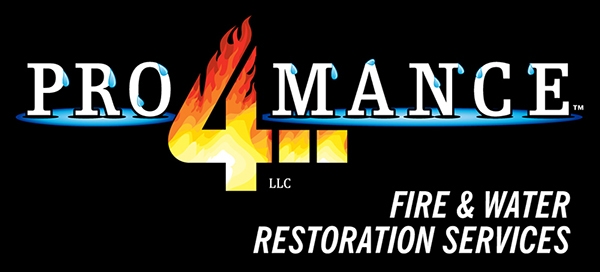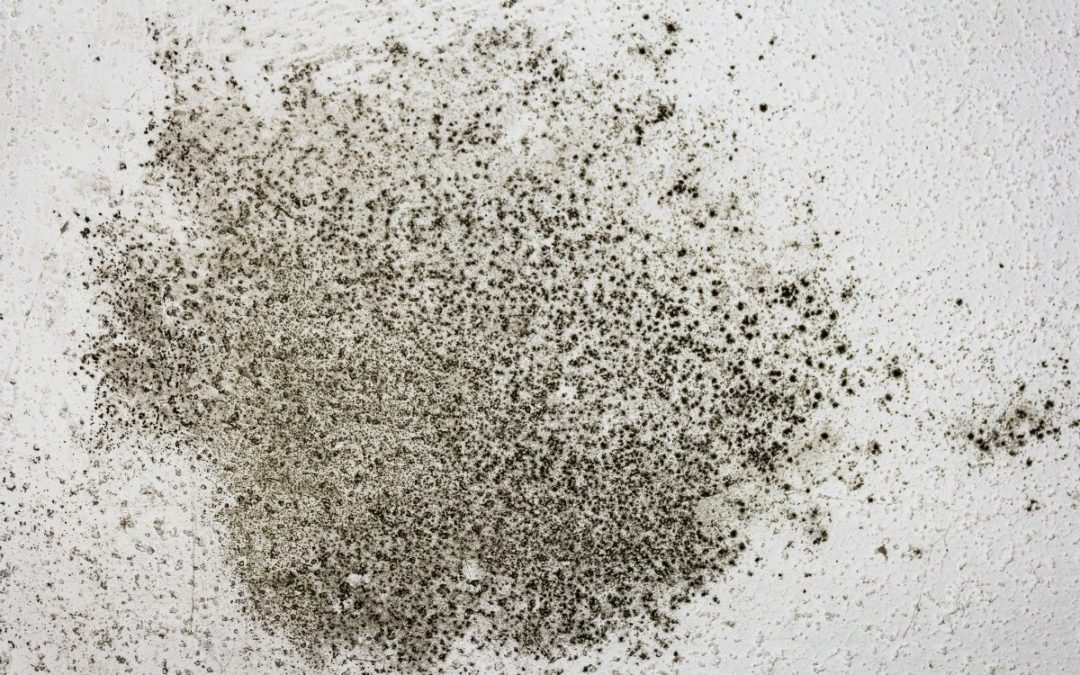Everyone is familiar with the term mold but what is it? Mold is mother natures way of getting rid of things that were once living. The reason we find mold in our homes is because the materials used to build our homes are products of things that were once living. As these materials start taking in moisture, this increases the chances of microbial growth. Some regions that have high humidity are more susceptible to being affected by microbial growth. Mold can grow in any area that has high levels of humidity. High humidity inside the home can be due to many different reasons, water intrusion being the main reason, which is water coming in from the outside. Other reasons, such as plumbing issues or simple mistakes that weren’t cleaned up properly can also cause mold to grow in your homes.
Mold is a type of fungi. As it reproduces through a process called sporulation. These spores are very dangerous for your health and can cause many respiratory issues. It’s especially dangerous for people who already suffer from respiratory problems and in some cases liver problems. Therefore, it is essential to check for moisture and high humidity areas in your home and remediate it as soon as possible. Mold can never be killed but instead placed in a dormant state. As long as you have no water or moisture issues the mold will not be active.
Here are the two major things you need to do to assess the mold risk:
Look for The Presence Of Mold
As the spores begin to multiply, the moldy area can then be visible. Mold spores alone are too small for you to see by themselves. Mold colonies come in many different colors and sizes. There is no one color specific to any mold type. The typical mold found in homes are Penicillium and Aspergillus. The mold that most people consider “black” mold is called Stachybotrys. When/If you find mold in your home, the first thing you should ask yourself is, “where’s the water source coming from?”. A bonus of having a professional come is they can help you find the source and inform you on the steps to remedy the problem. Visual inspections consist of an eye test, swab, and/or tape test. The latter two are sent to a lab where they will grow and process the severity of the mold problem. Occasionally using a borescope to check in cavities is always a good tool for visual inspections.
Your basement is the place where humidity is typically the highest. When doing visual inspections checking around windows, doors, and any other openings leading to the outside. As these areas are constantly allowing mold spores to enter and exit the home. If you have any water issues get them fixed immediately as this is the best way to prevent mold from growing.
Check for High Levels of Airborne Mold
Though there are some home methods and instruments to check for high levels of airborne mold, they are not as effective as they claim to be. If you want to have the correct assessment of mold, it is better to call in the professionals who have the right equipment for determining mold problem . Having an IEP, indoor environmental professional, take air samples is a great way to know what areas have mold issues. Though this can get a little pricey this is one of the best ways to ensure your mold problem is being taken care of properly. There should be a test performed before and after remediation as the IEP will inform on if the spore count is acceptable or not.
Mold can be a threat to your health. Make sure to check for these signs and assess your house so you can save yourself and your family from any complications caused by molds. If you’re around Louisville, KY, Southern Indiana, Seymour, IN, and Madison, IN, call Pro4mance to help you out with mold removal. Just call their toll-free number 866-272-4003 anytime.

